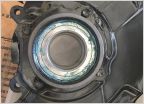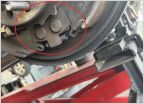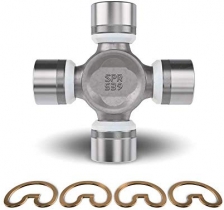-
Welcome to Tacoma World!
You are currently viewing as a guest! To get full-access, you need to register for a FREE account.
As a registered member, you’ll be able to:- Participate in all Tacoma discussion topics
- Communicate privately with other Tacoma owners from around the world
- Post your own photos in our Members Gallery
- Access all special features of the site
The ROAR of the fan...
Discussion in '1st Gen. Tacomas (1995-2004)' started by LarryInSC, Aug 2, 2014.


 Front Wheel Bearings on '97 V6 TACO 4WD 5 speed w Manual hubs
Front Wheel Bearings on '97 V6 TACO 4WD 5 speed w Manual hubs Newbie owner questions
Newbie owner questions What would be your next step for dealing with this brake booster/master cylinder issue?
What would be your next step for dealing with this brake booster/master cylinder issue? Rear brake self adjuster kit
Rear brake self adjuster kit












































































